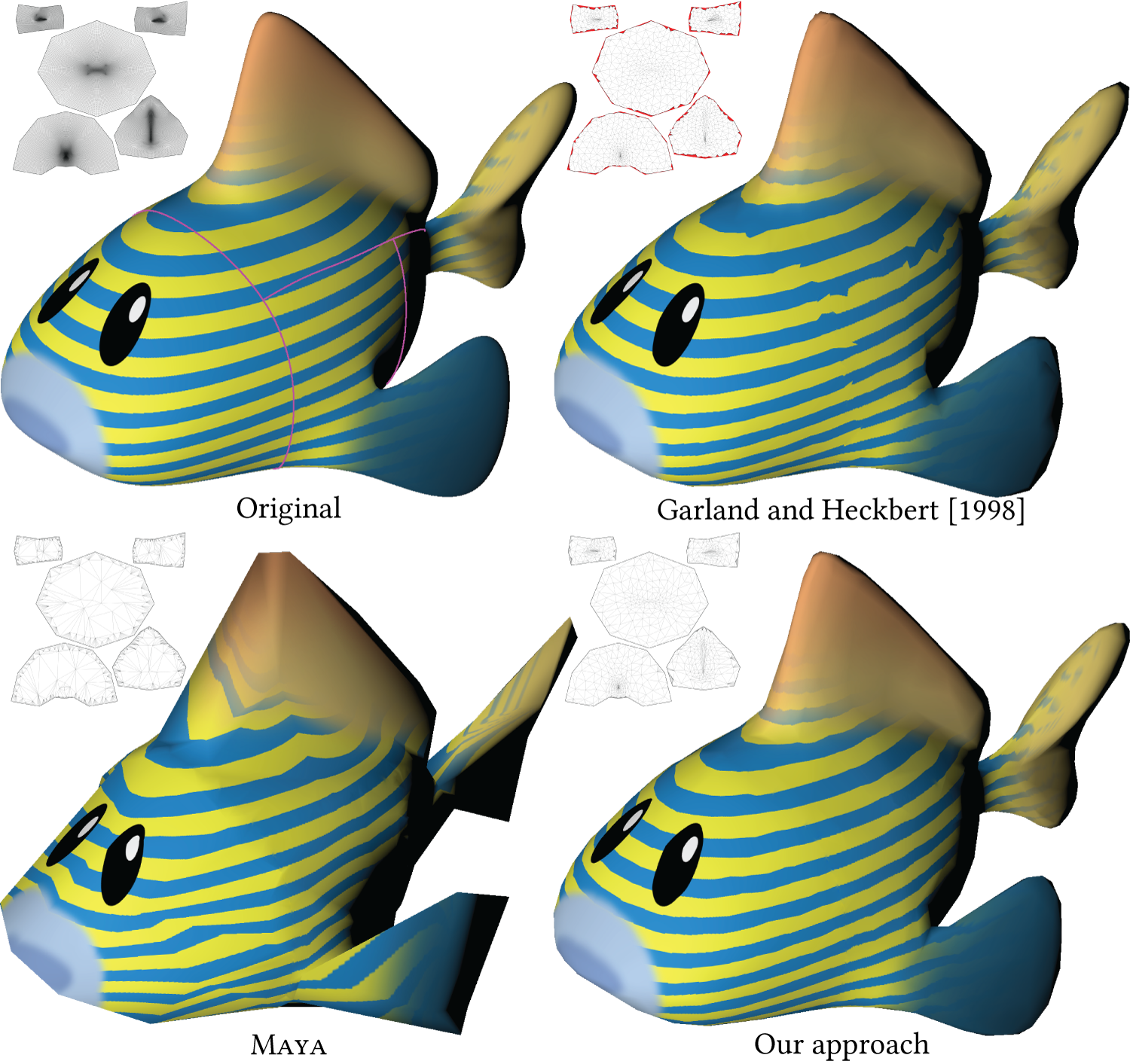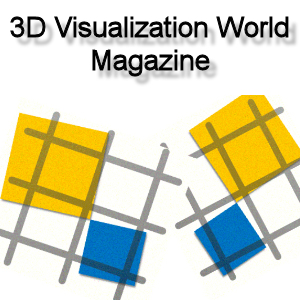 siggraph
siggraph
siggraph
siggraph
Mappings and Deformation
 Full Conference Pass
Full Conference Pass Full Conference 1-Day Pass
Full Conference 1-Day Pass
Date/Time: 29 November 2017, 04:15pm - 06:00pm
Venue: Amber 2
Location: Bangkok Int'l Trade & Exhibition Centre (BITEC)
Session Chair: Jin Huang, State Key Lab of CAD & CG, Zhejiang University, China
Planar Interpolation with Extreme Deformation, Topology Change and Dynamics
Summary: We present a mesh-based, interpolatory method for interactively creating artist-directed inbetweens from arbitrary sets of 2D drawing shapes without rigging. To enable artistic freedom of expression we remove prior restrictions on the range of possible changes between shapes; we support interpolation with unlimited deformation and unrestricted topology change.
Author(s): Yufeng Zhu, Department Of Computer Science, University Of British Columbia
Jovan Popovic, Adobe Systems
Robert Bridson, Department Of Computer Science, University Of British Columbia, Autodesk
Danny Kaufman, Adobe Systems
Speaker(s): Yufeng Zhu, University of British Columbia and Adobe Research
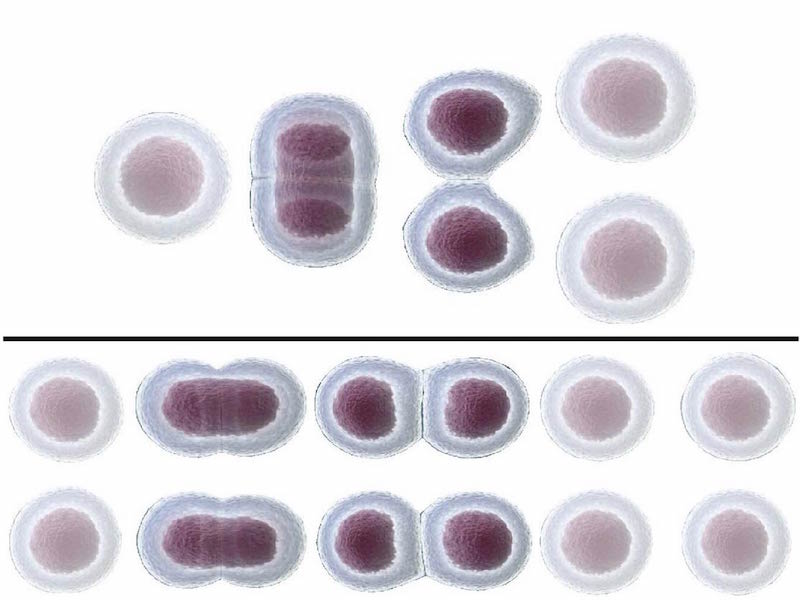
GPU-Accelerated Locally Injective Shape Deformation
Summary: A highly efficient locally injective shape deformation method with superior performance. We extend the harmonic subspace to support multiply-connected domains, and provide a generalized bounded distortion theorem. We provide a closed-form SPD Hessian modification that leads to efficient Newton iterations. Our algorithm is designed for efficient GPU implementations.
Author(s): Renjie Chen, Max-Planck-Institute for Informatics
Weber Ofir, Bar Ilan University
Speaker(s): Renjie Chen, Max Planck Institute for Informatics
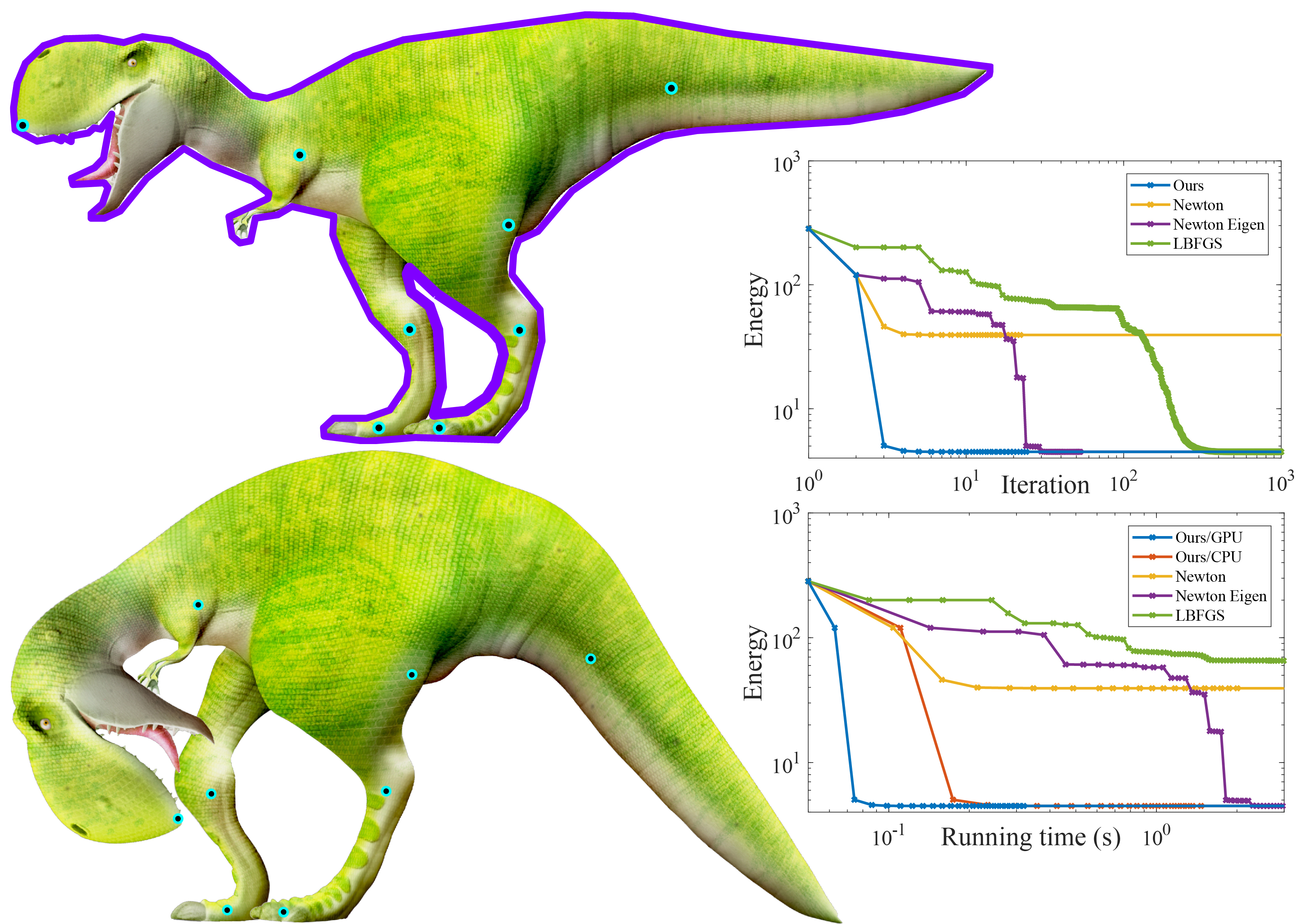
Autocuts: Simultaneous Distortion and Cut Optimization for UV Mapping
Summary: We propose the first UV mapping algorithm that jointly optimizes for cuts and distortion, sidestepping existing heuristics for placing the cuts while minimizing state-of-the-art geometric distortion measures.
Author(s): Roi Poranne, ETH Zurich
Marco Tarini, CNR-ISTI
Sandro Huber, ETH Zurich
Daniele Panozzo, NYU
Olga Sorkine-Hornung, ETH Zurich
Speaker(s): Marco Tarini , ETH Zurich
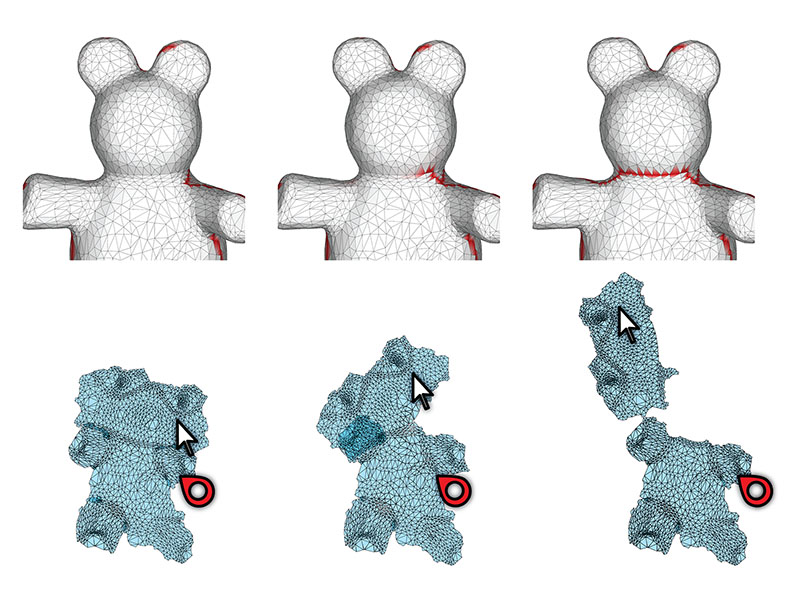
Seamless: Seam Erasure and Seam-aware Decoupling of Shape from Mesh Resolution
Summary: We present seam-aware mesh processing techniques that eliminate seam artifacts in textures and decimate a mesh, including its seams, while preserving its parameterization and seam-free appearance. This allows the artifact-free display of surface signals---color, normals, positions, displacements, skin weights---with the standard GPU rendering pipeline.
Author(s): Songrun Liu, George Mason University
Zachary Ferguson, George Mason University
Alec Jacobson, University of Toronto
Yotam Gingold, George Mason University
Speaker(s): Songrun Liu Zachary Ferguson, George Mason University
